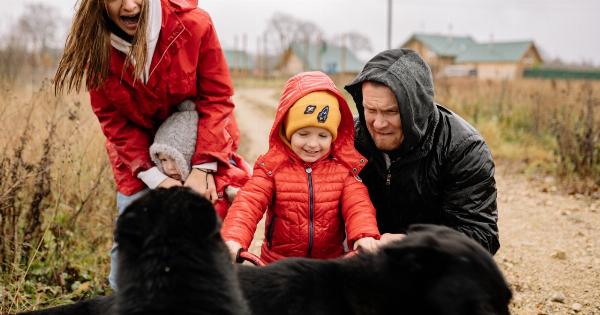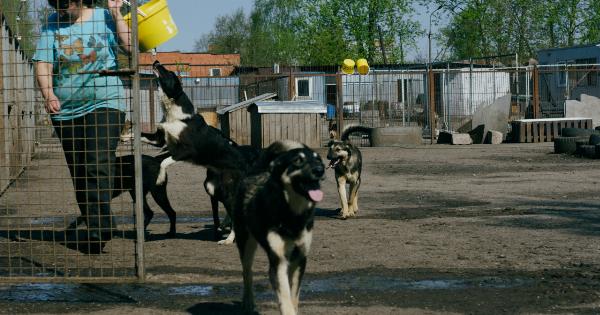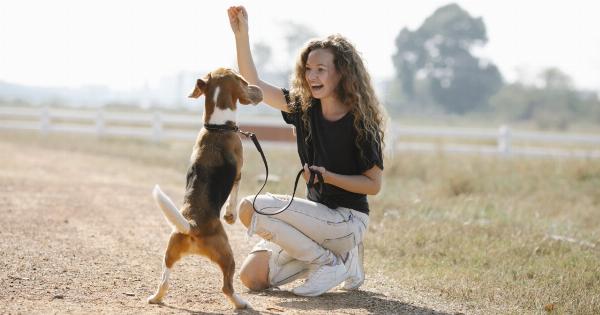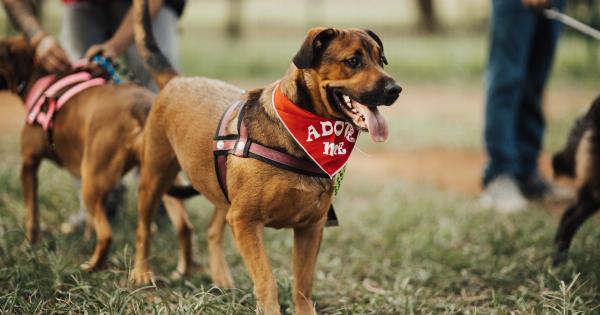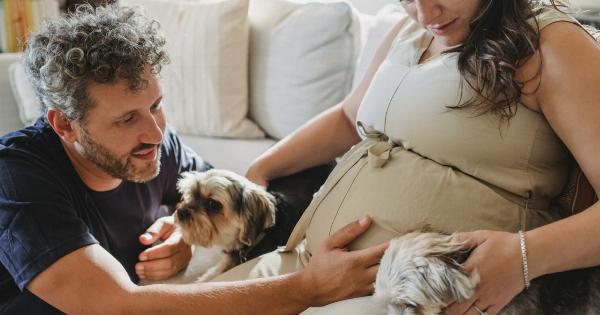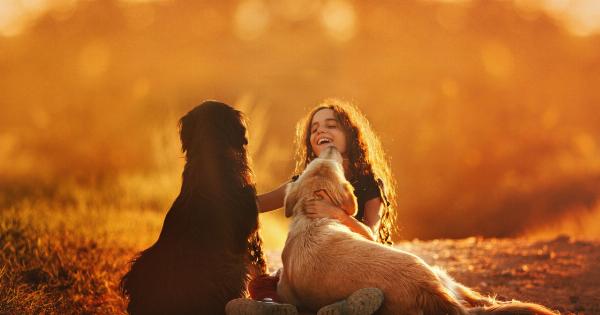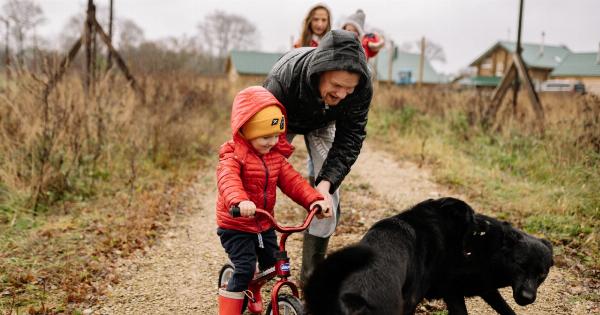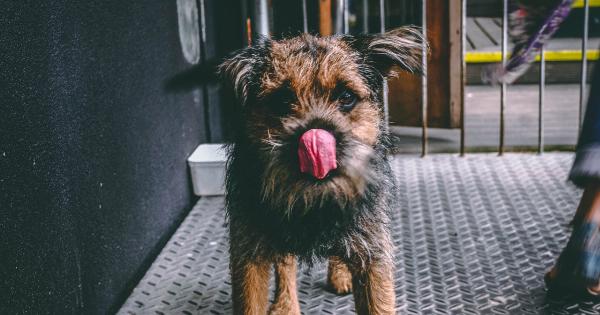As pet owners, we all know that dogs are capable of expressing themselves through body language and facial expressions.
However, did you know that dogs have four main facial expressions that they use to communicate with us? Let’s dive into each of these expressions and what they mean.
1. The Happy Expression
Dogs have a happy expression that is quite distinct. When a dog is happy and content, they will have a relaxed face, with their mouth slightly open and their tongue hanging out.
Their ears will be perked up and their eyes will be relaxed and almost squinty. They may also wag their tail and wiggle their body, signaling their happiness. This expression is a clear indication that your dog is feeling good and enjoying whatever is happening around them.
2. The Alert Expression
When a dog is in an alert state, their facial expression will change from their normal, relaxed state. Their eyes will be wide open, and their ears will be pricked up and facing forward, indicating that they are curious or interested in something.
They may also tilt their head slightly to get a better view of whatever has caught their attention, which is an adorable sight to see. When your dog is in this expression, it’s essential to pay attention to what they are interested in, especially if you are outside, where there may be various distractions that can cause trouble.
3. The Aggressive Expression
Just like humans, dogs can become aggressive under certain circumstances. When a dog is in an aggressive state, their facial expression will show it. Their ears will be pulled back, their lips will be drawn up, and their teeth will be visible.
They will have a tense and aggressive posture, ready to attack if necessary. Dogs may become aggressive when they feel threatened or uncomfortable and want to protect themselves and their owners.
If you see your dog showing these signs, it’s essential to remove them from the situation and seek professional help if necessary.
4. The Fearful Expression
Finally, when a dog is feeling scared or threatened, their facial expression will change. Their eyebrows will be pulled together, and their body posture will be tense. Their ears will be pulled back, and their tail may be tucked between their legs.
They may also try to hide or run away from whatever is causing them fear. It’s essential to keep an eye on your dog and recognize the signs of fear early on so you can address the issue before it becomes a more significant problem.
Conclusion
Dogs may not be able to talk to us, but they communicate through gestures, body language, and facial expressions. Understanding these expressions can help us better communicate with our furry friends and respond to their needs appropriately.
Whenever possible, it’s essential to pay attention to our dogs and recognize their facial expressions so that we can understand the message they’re trying to convey.

